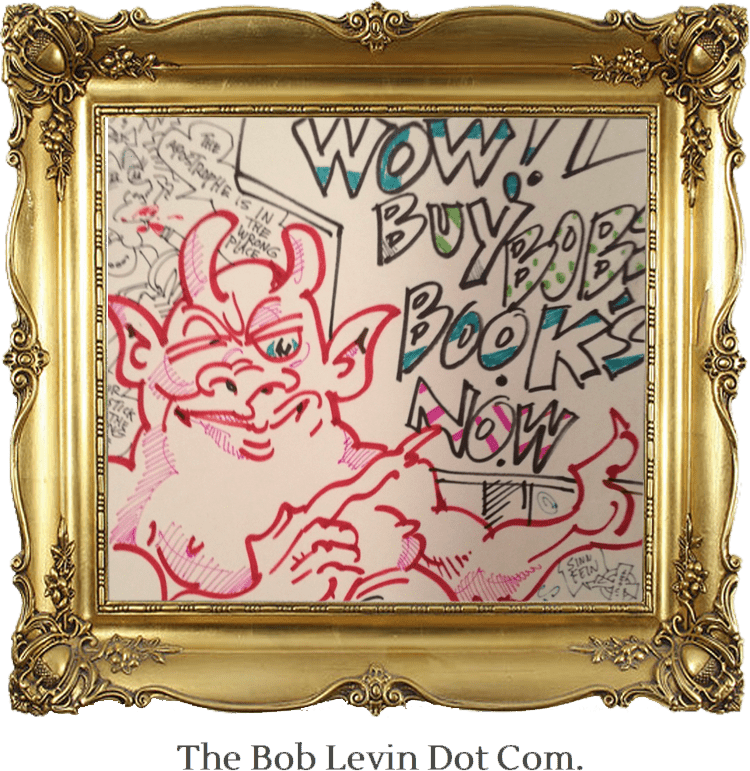This one was published on-line by “The Broad Street Review,” under the perhaps-improved, certainly catchier title “Let Us Now Praise Obscure Men” on October 19, 2009.
Two Books
I.
InWa David Halberstam’s chapter on Grace Metalious in “The Fifties,” I learned that “Return to Peyton Place” had been doctored into publishable health by Warren Miller. When I saw that name, I did not immediately associate to “skiers” and “snow.” I thought, “The Cool World.”
Considering the impact his novel had on me, it was surprising how little I knew about its author. Miller came out of the Iowa Writers Workshop. He published nine books between 1958 and 1964. “(O)utspoken political views,” Wikipedia says, combined with a death from lung cancer in 1966, at age forty-five, to leave him “relatively unknown today.”
But “The Cool World” enshrined him within me forever. It appeared in 1959, the first person narrative of Duke Custis, fourteen-year-old War Lord of the Royal Crocodiles, a Harlem gang. I was in eleventh grade and had never – and, to this day, have not yet – read anything that, to my middle class Jewish ear, so well captured the rhythm and language of what-I-took-to-be those streets. (Just the other day, sharpening a scene for a work-in-progress, I turned to it for dialogue enhancement.) Its opening sentence – “They call him Priest because he always wear black” – with its immaculately calibrated dropped “s” – had grabbed me and the friends with whom I had shared other identity-shaping passions – from EC comics through pre-Elvis rock’n’roll – and we had grabbed it back. We were in the process, though we did not know it yet, of trying to become hip – or “hep,” as Duke would have it – to differentiate from our bland surround; and Miller’s book became a piece in the stand-apart assemblages we were effecting. It was so neat to know “shitman” as one word. It was so fulfilling to hold a piece of excellence to which most of the world was blind. With “Catcher” and “Martian Chronicles,” it was among the few books I would carry out of adolescence into adulthood. Before Hemingway and Fitzgerald and Faulkner, I had it.
Long before I thought of writing as something I could do, “The Cool World” planted a flag atop a hill. It was a means of assertion. A badge among a brotherhood. It said if you could render the distinct you would make a mark.
II.
What do “The Hustler” and “The Man Who Fell to Earth” have in common, I used to ask. No one knew. When I said they were written by the same man, they had not heard of him.
Walter Tevis was born in 1928. During the 1950s, he published short stories in “Esquire,” “Saturday Evening Post,” “Colliers,” “Redbook,” “Cosmopolitan.” “The Hustler,” his first novel, was published in 1959. “The Man…,” his second, in 1963. He did not publish another for seventeen years.
I read “The Hustler” first as a short story in “Playboy.” If my memory is correct, I saw it as a TV drama, though no such adaptation is credited on Tevis’s web site. I read the novel more than twice. I saw the movie more than that. In 1963, when a friend and I drove cross-country after our junior year of college, there were two places we had to see in San Francisco: City Lights Books and the Market Street pool hall where, we believed, Paul Newman had played Jackie Gleason. (We were misinformed. In researching this piece, I learned those scenes were shot at Ames Pool Hall in New York City.) “The Hustler” was one of those markers by which we hoped to fight our way clear of the dreary, stultifying grind-you-down, stamp-you-out assembly line time. It pointed a way, we hoped, toward transformative, glorious, flame-burning, soul-saving deviance. To this day, when I describe my first book, I say “It’s an existential sports novel, like ‘Fat City’ or ‘The Hustler.’” I would not be more proud if I was associating myself to “Ulysses.” In about – I am guessing – 1980, I saw a flyer announcing that Tevis was reading at Cody’s Books. This was before authors’ readings were regular events in book stores. (I had been in Berkeley twelve years and don’t think I had attended any.) My recollection is the crowd was small. My sense is nearly all were there because of the David Bowie connection. When Tevis took questions, I raised my hand. I think – at least I’d like to think – I told him what “The Hustler” had meant to me. Then I asked how he had moved from its nitty-gritty realism into science fiction. He said that he was an alcoholic. “The Man Who Fell to Earth,” he said, was his rendition of what it was his life had been like on this planet.
In the next four years, Tevis published four more novels. He died of lung cancer in 1984.
